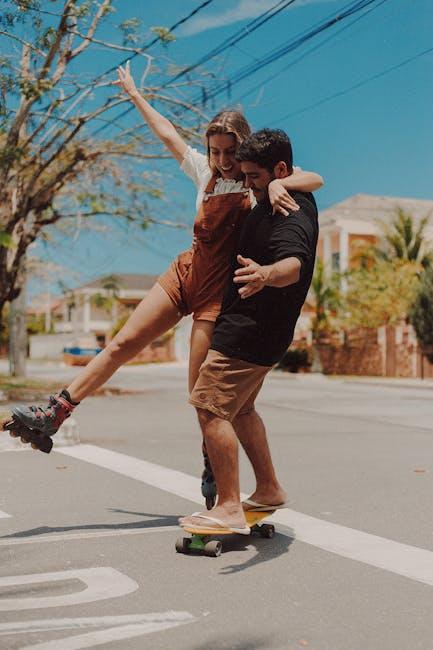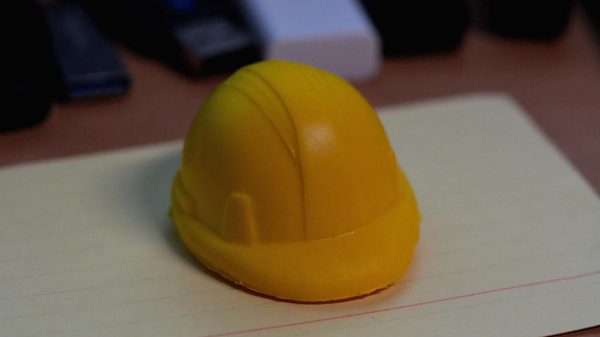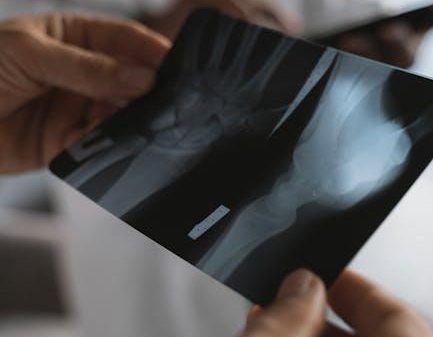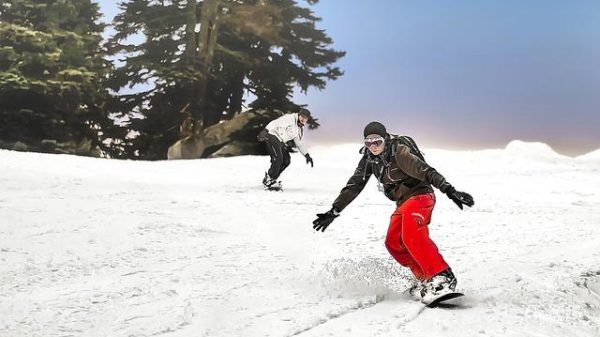Skateboarding is not just a sport; it’s an exhilarating blend of art and physics, offering a unique way to express creativity and embrace freedom. Whether you’re a seasoned skater or a curious beginner, maintaining your balance and avoiding falls is essential to enjoying this dynamic activity safely. With the right techniques and mindset, anyone can master the art of staying upright on a skateboard. In this guide, we’ll explore practical tips and strategies to enhance your balance, build confidence, and minimize the risk of falls, empowering you to ride with joy and assurance. So, strap on your helmet, step on your board, and let’s embark on this journey to skateboarding success together!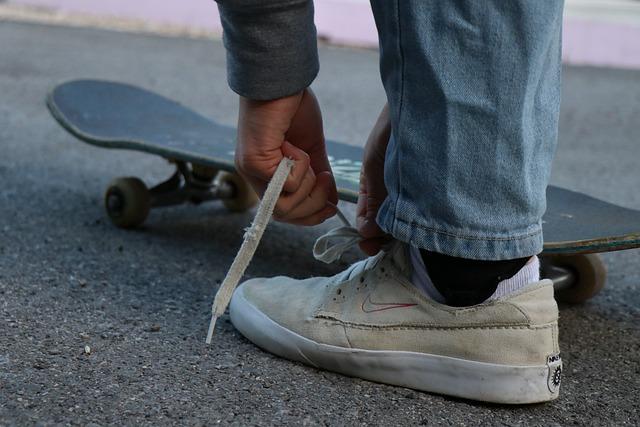
Mastering Stance and Posture for Optimal Stability
Finding the right stance and posture is crucial for maintaining balance while skateboarding. Begin by positioning your feet shoulder-width apart, which provides a solid foundation. Your front foot should be placed slightly angled forward, while your back foot rests perpendicular to the board. This setup helps distribute your weight evenly, enhancing your stability. Keep your knees slightly bent, acting as natural shock absorbers, and lean slightly forward with your torso to maintain control and prevent tipping backward.
- Keep your eyes focused ahead: Looking ahead, rather than down at your feet, helps maintain equilibrium and prepares you for any upcoming obstacles.
- Use your arms for balance: Extend your arms naturally to the sides to aid in balance, much like a tightrope walker.
- Engage your core muscles: A strong core is essential for balance, so actively engage these muscles to stabilize your movements.
By mastering these techniques, you’ll build a robust foundation for balance, allowing you to skate with confidence and reduce the risk of falls. Remember, practice makes perfect, so keep refining your posture and stance with every ride.
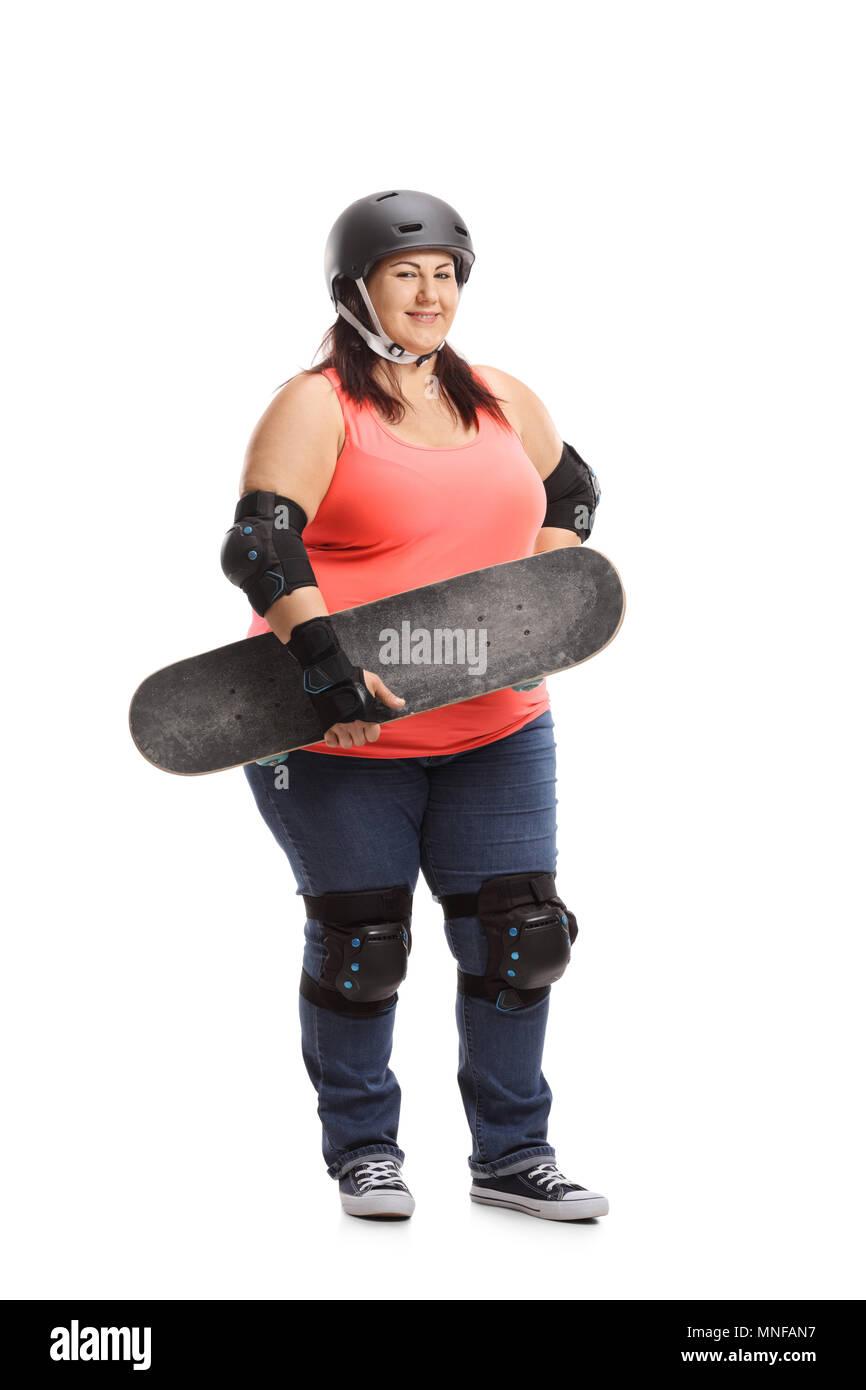
Choosing the Right Gear to Enhance Safety and Performance
When it comes to skateboarding, selecting the right gear is crucial for both safety and performance. First and foremost, invest in a high-quality skateboard. Look for a board that suits your style, whether it’s street, park, or cruising. The deck should be sturdy, with a grip tape that provides sufficient traction to keep your feet secure.
Protective gear is a must to ensure safety while skating. Consider the following essentials:
- Helmet: Always wear a certified skateboarding helmet that fits snugly and comfortably.
- Pads: Knee and elbow pads help absorb impacts and prevent injuries during falls.
- Wrist guards: These protect your wrists from fractures, a common injury in skateboarding.
- Proper footwear: Skate shoes with flat soles provide better grip and control over the board.
Additionally, opt for clothing that allows freedom of movement while offering some protection against scrapes and bruises. Remember, the right gear not only keeps you safe but also boosts your confidence, allowing you to focus on honing your skills and enjoying the ride.
Techniques to Improve Coordination and Control
Achieving seamless coordination and control in skateboarding is essential for maintaining balance and preventing falls. Here are some effective techniques to enhance your skills on the board:
- Focus on Core Strength: A strong core provides stability and balance, crucial for executing tricks and maintaining control. Incorporate exercises like planks and Russian twists into your routine to build a solid foundation.
- Practice Foot Positioning: Proper foot placement can dramatically improve your balance. Experiment with different stances to find what feels most comfortable and secure. Remember, a slight adjustment can make a significant difference.
- Engage in Balance Training: Use balance boards or practice on uneven surfaces to challenge your stability. This will not only improve your balance but also increase your overall confidence on the skateboard.
- Mind Your Gaze: Where you look plays a pivotal role in your balance. Keep your gaze focused ahead, rather than down at your feet, to help maintain equilibrium and anticipate obstacles.
By consistently applying these techniques, you’ll notice a marked improvement in your coordination and control, making your skateboarding experience more enjoyable and less prone to accidents.
Practicing Safe Falling Techniques to Minimize Injury
Mastering the art of falling safely is just as crucial as perfecting your ollie or nailing that kickflip. Understanding how to fall properly can significantly reduce the risk of injury and keep you on your board longer. Here are some essential techniques to consider:
- Roll with it: Instead of stiffening up, try to roll out of a fall. Tuck your chin and aim to roll over your shoulder to distribute the impact across a broader area of your body.
- Relax your body: Tension can lead to injury. Relaxing your muscles as you fall helps absorb the shock and allows for a more fluid landing.
- Protect your head: Always aim to keep your head up and avoid it hitting the ground. Wearing a helmet is a wise choice for any skater.
- Use your arms wisely: Rather than using your arms to catch your fall, which can lead to wrist injuries, focus on absorbing the impact with your forearms or elbows.
Remember, even the pros take tumbles. Practicing these techniques can build confidence and enhance your skateboarding skills, ensuring that you enjoy the ride while minimizing risks.
